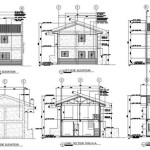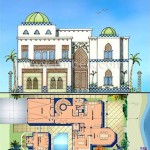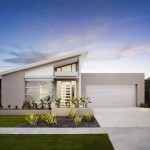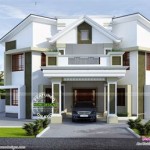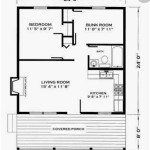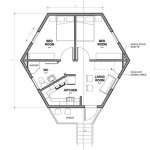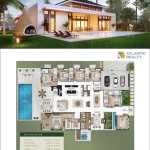Nano House Plans: A Guide to Essential Features
Nano houses, also known as micro homes, are small, sustainable dwellings designed to maximize space efficiency. They typically range from 100 to 500 square feet and offer an affordable and eco-friendly alternative to traditional housing. Understanding the essential aspects of nano house plans is crucial for anyone considering building or purchasing one.
Compact Design
The most defining characteristic of nano houses is their compact size. They are designed to utilize every inch of space efficiently, minimizing wasted area. This requires careful planning and creative solutions, such as multifunctional furniture, built-in appliances, and vertical storage. Nano house plans often feature open-concept layouts to create a sense of spaciousness despite the limited square footage.
Multifunctionality
In nano houses, spaces must serve multiple purposes. For example, a sofa may also act as a bed, and a kitchen island may double as a dining table. This requires furniture and fixtures that are adaptable and versatile. Custom-designed cabinetry and storage solutions can help maximize space without sacrificing functionality.
Energy Efficiency
Nano houses are inherently energy-efficient due to their small size and reduced energy consumption. However, incorporating sustainable design principles can further improve energy performance. Plans should include features such as high-efficiency appliances, LED lighting, and passive solar design. Proper insulation and air sealing are also essential to minimize heat loss and gain.
Low Maintenance
Nano houses are designed to be easy to maintain. Materials and finishes are typically chosen for their durability and ease of cleaning. Compact design reduces the amount of upkeep required, and built-in appliances and storage simplify routine tasks. Nano house plans should prioritize low-maintenance solutions to minimize ongoing costs and hassle.
Flexibility
Nano houses can be flexible and adaptable to meet changing needs. Plans should allow for future expansion or modification without major structural alterations. For example, a loft space could be designed to accommodate a future bedroom or home office. Multipurpose spaces can be easily reconfigured to suit different uses over time.
Legal Considerations
Before building or purchasing a nano house, it is essential to consult with local building authorities and zoning regulations. Some areas may have restrictions on the size and design of homes, including minimum square footage requirements. Nano house plans should comply with all applicable building codes and zoning ordinances to ensure compliance and avoid potential legal issues.
Conclusion
Nano house plans offer a viable solution for those seeking affordable, sustainable, and space-efficient housing. By understanding the essential aspects of these plans, including compact design, multifunctionality, energy efficiency, low maintenance, flexibility, and legal considerations, homeowners can make informed decisions about building or purchasing a nano house that meets their needs and lifestyle.

Nano Floor Plans Unity Homes

Nano Floor Plans Unity Homes

1 2 Bedroom Granny Flat Designs Floor Plans How Nano Homes

Nano House

Nano Living Systems World S Smallest Sustainable House

Nano Floor Plans Unity Homes

Nano Rescue House Inhabitat Green Design Innovation Architecture Building

Home Interior Design Nano Plan And Elevation In 991 Square Feet

Modular Eco Homes How Strategy Group

Nano Living Systems World S Smallest Sustainable House

